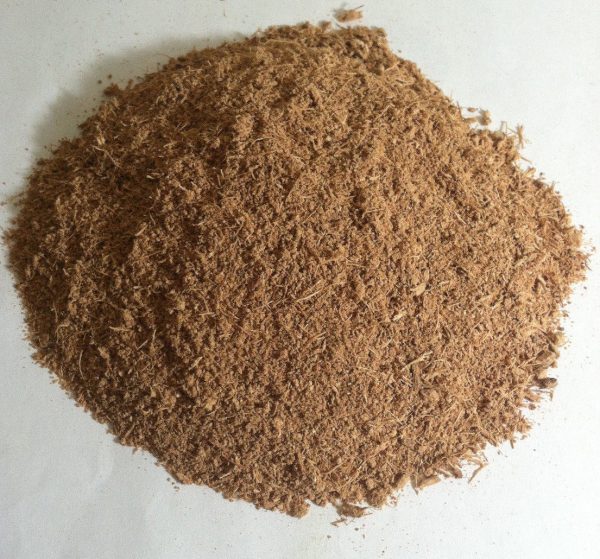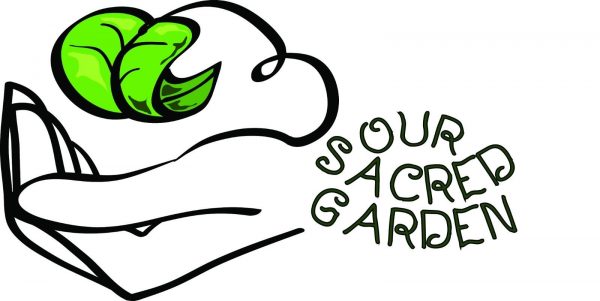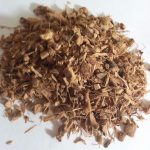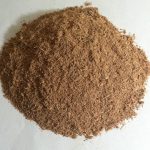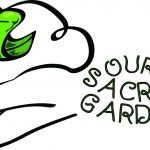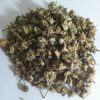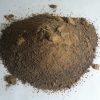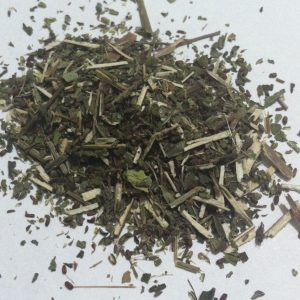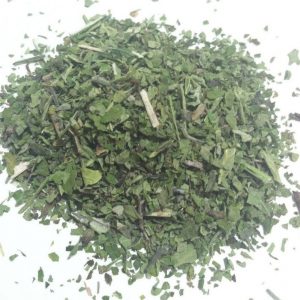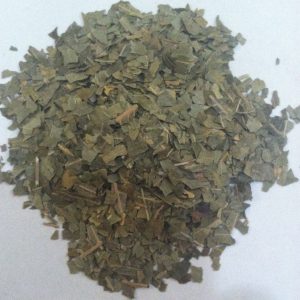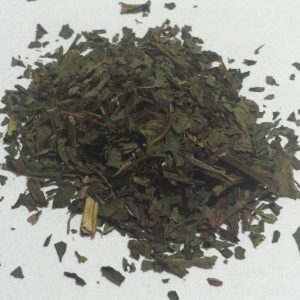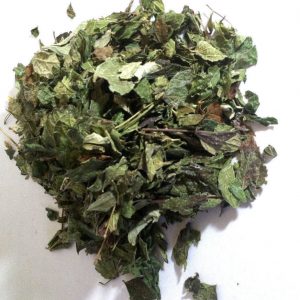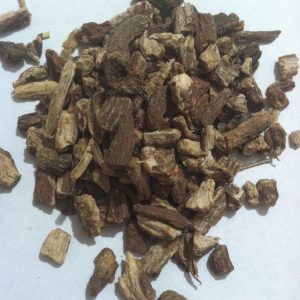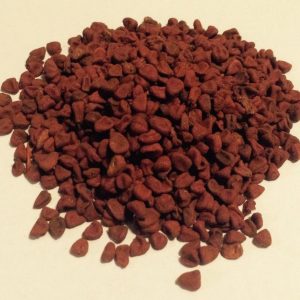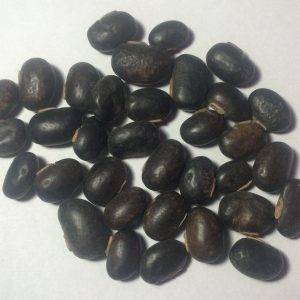Description
Also known as Alpinia officinarum, Alpinia galangal, galanga, lesser galangal, Chinese ginger, Chewing John, and Little John. Introduction Galangal is an East Asian tropical shrub with lance-like leaves, iris-like flowers, and reddish brown, woody rhizomes. It grows mainly in the Eastern Himalayas and Southwest India, and was introduced to Europe in the 9th century. Saint Hildegard of Bingen (1098-1179 C.E.) referred to galangal as the spice of life and used it in many of her formulas. The name galangal is derived from the Arabic khalanjan, referring to Chinese ginger, whose family it is a member of. Galangal is an important herb in Saudi herbal medicine. It is used in many magical workings throughout the world. One reported use is that if you spit the juice from chewing this root on the floor of a courtroom before the judge enters, you will win the case. Constituents Primarily 1,8-cineol, eugenol, tannins. Also contains careneole, pinene, cadimene, galangin, kaempferide, kaempferol, quercetin, isorhamnetin, and galangol. Parts Used The rhizome, washed, dried and cut. Typical Preparations Teas and extracts. Added to aloe to reduce its harsh laxative effect. The chopped root can be added to culinary dishes and the powdered herb is more convenient for making tinctures, but should be used within 1 year of purchase. May also be taken as a tea, extract or capsule. Precautions Galangal root inhibits the release and action of pancreatic lipase, so don’t take both galangal and digestive enzymes. For educational purposes only This information has not been evaluated by the Food and Drug Administration. This information is not intended to diagnose, treat, cure, or prevent any disease.




